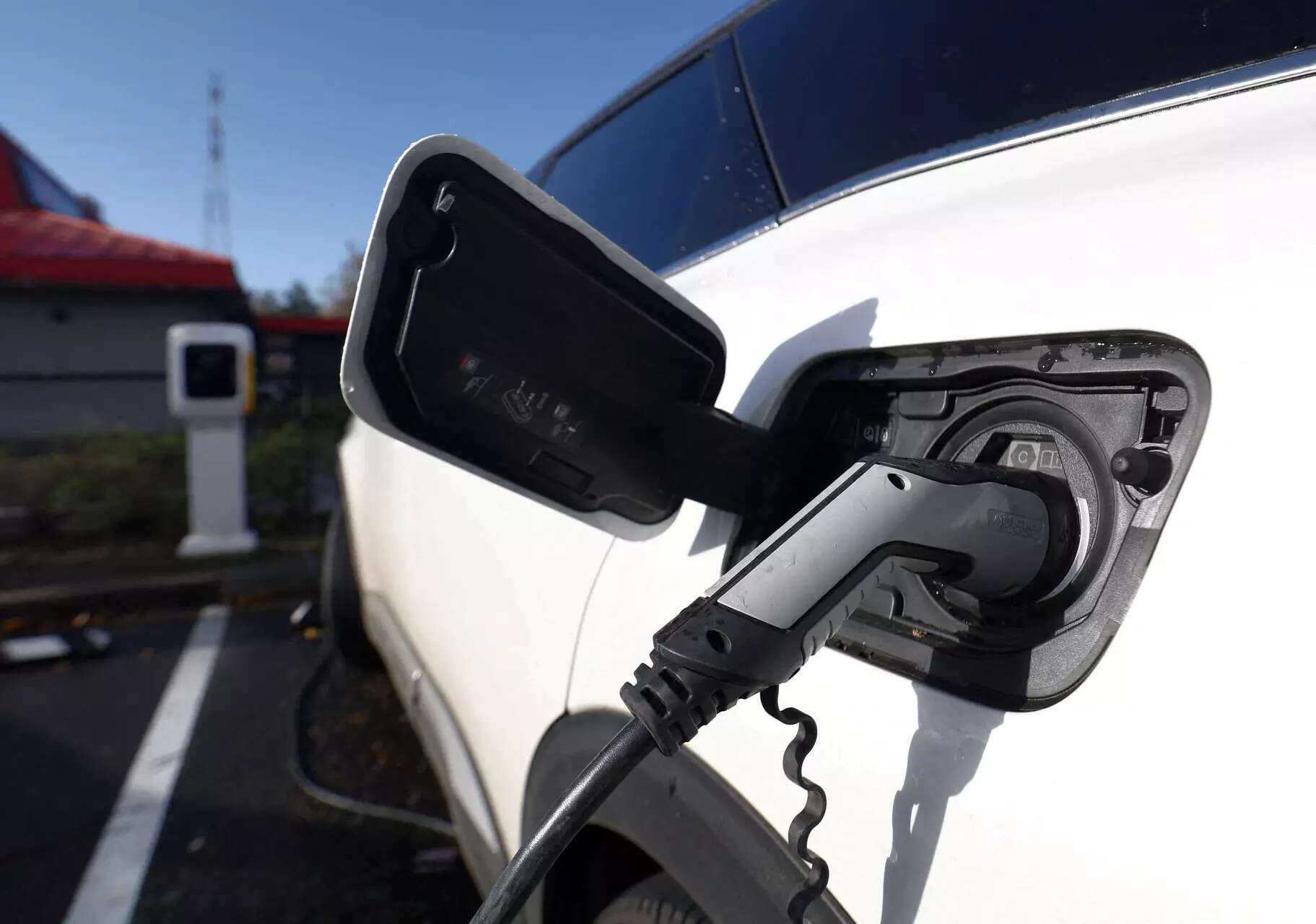
The U.S. Energy Department (DOE) on Tuesday will unveil final rules that will significantly soften its proposal that would have slashed electric vehicles’ (EV) mileage ratings to meet government fuel economy requirements in 2027, sources said.
The decision first reported by Reuters is a win for the Detroit Three automakers and the United Auto Workers union that raised alarm that the proposal could have resulted in U.S. automakers facing USD 10.5 billion in fines through 2032 for not meeting fuel economy requirements.
In April 2023, DOE proposed rules revising its “Petroleum-Equivalent Fuel Economy” rating that would have lowered the compliance value of electric vehicles by 72% in 2027. The final rule will gradually reduce the petroleum equivalent EV fuel economy rating through 2030 and by 65% in total, giving automakers more time to adjust, the sources said.
Automakers cited administration estimates that under the 2023 proposals, General Motors would face USD 6.5 billion in fines, followed by Chrysler parent Stellantis with USD 3 billion, and Ford with USD 1 billion through that year. The National Highway Traffic Safety Administration is set to proposal final revised CAFE rules this spring.
Sources said the Biden administration had considered concerns from automakers and the UAW in crafting the final rule.
Two environmental groups had urged the revision to the EV mileage ratings, arguing “excessively high imputed fuel economy values for EVs means that a relatively small number of EVs will mathematically guarantee compliance without meaningful improvements in the real-world average fuel economy of automakers’ overall fleets.”
The Miles Per Gallon equivalent (MPGe) ratings have not been updated in more than two decades and are determined using values for national electricity, petroleum generation and distribution efficiency and driving patterns.
Separately, the Environmental Protection Agency (EPA) is set on Wednesday to unveil revised vehicle greenhouse gas emissions requirements that will ease proposed yearly requirements through 2030 as part its sweeping plan to aggressively cut tailpipe emissions and ramp up electric vehicle sales, sources said.
Under the initial EPA proposal covering 2027-2032, automakers were expected to aim for EVs to constitute 60% of their new vehicle production by 2030 and 67% by 2032 to meet stricter emissions requirements.
Automakers are expected to be able by producing significantly fewer EVs in 2030 under the final rules. The Alliance for Automotive Innovation representing nearly all major automakers except Tesla had urged EPA to finalize rules resulting in closer to a 50% EV sales target by 2030.
The final rule softens the pace of improvements and then sharply ramps up stringency requirements through 2032, the sources added.
The final greenhouse gas vehicle rules are also expected to be a boost for plug-in hybrid vehicles. An automaker could have more than a third of vehicles it produces in 2032 be plug-in hybrids under one potential compliance path, one of the sources said.
The EPA is also expected to scale back its proposal to reduce particulate matter from gas-powered vehicles, which the industry has argued would effectively require particulate filters on all gas-powered vehicles.
Automakers objected to the EPA plan to largely eliminate the use of “enrichment” – a strategy to boost performance and prevent engine damage from hot exhaust gases – which they say would bar them from using some engines. The EPA is expected to sharply curtail or drop its plan to prohibit enrichment, sources said.

